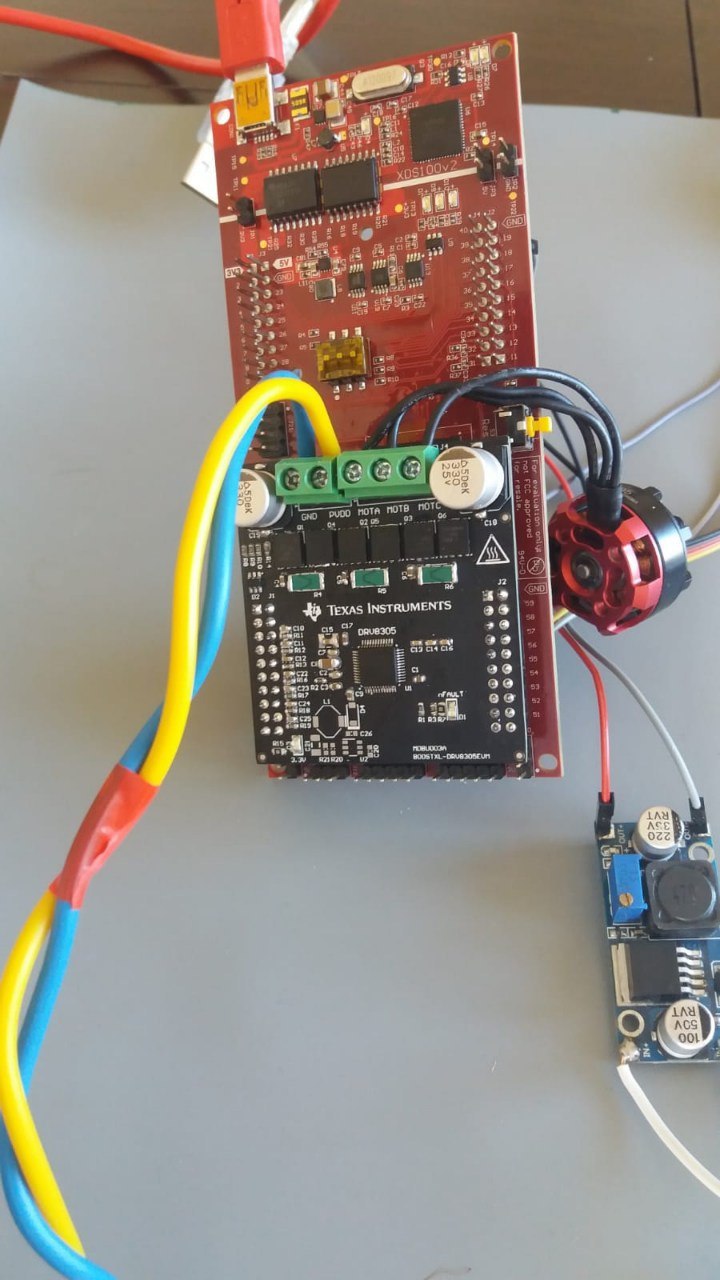Other Parts Discussed in Thread: DRV8305, LAUNCHXL-F28379D,
BOOSTXL-DRV8305EVM I had this product produced myself by sharing the same gerber file with the manufacturer in order to be cost effective. I used the same components on Boomlist. I made the string myself and started doing my tests. Since I have a voltage regulator in the string of the product, I did not string the LMR16006XDDC IC and peripherals. I am trying to get the product up over LAUNCHXL-F28379D. I started working by supplying Vreg voltage through Launchpad (3.3V). After powering the product from the PVDD line, I started to work on the booster I placed on the Launchpad. After energizing the booster, I observed that the LED on the nFault pin went to High as expected in the first boot. After setting the DRV8305 to the EN_Gate pin high, the nFault LED was still High. Later, I communicated with DRV8305 via SPI, cleared the error messages and read the error messages. nFault LED did not change the High state. The error messages I received are register 1 >> 0x0400 and register 3 >> 0x0020 at the following register addresses.
I sent Logic high to the PWMHA and PWMLB pins of the DRV8305 to open and control Mosfets' Gate gates, I sent logic Low to the other PWM lines. During this time, Wake and PWRGD pins were empty in case of nFault pin input in En_gate High state. Logic high GH_C High went to GH_A from the gateway I expected. When I wanted to open one of the mosfets on the low side, the next mosfet on the high side opened constantly. When I sent mosfete high on the two high side, the commands I sent went where they needed to go.
I have two questions:
1- Why do I keep getting the same errors over Nfault and over SPI even though I have communicated with SPI and deleted the errors and activated En_gate?
2- Why does a simple BLDC commutation command that I sent while the error was continuing not open the doors in the right places? Why should the low side mosfets be opened, but two high side mosfets open at the same time?
Finally, I gave the Vreg (3.3V) voltage from an external regulator and encountered the same problems. I did a DC reading from the VSENPVDD line to check if there was a problem while arraying the DRV8305 and ADC data was coming. Could you please help me  on this subject?
on this subject?

